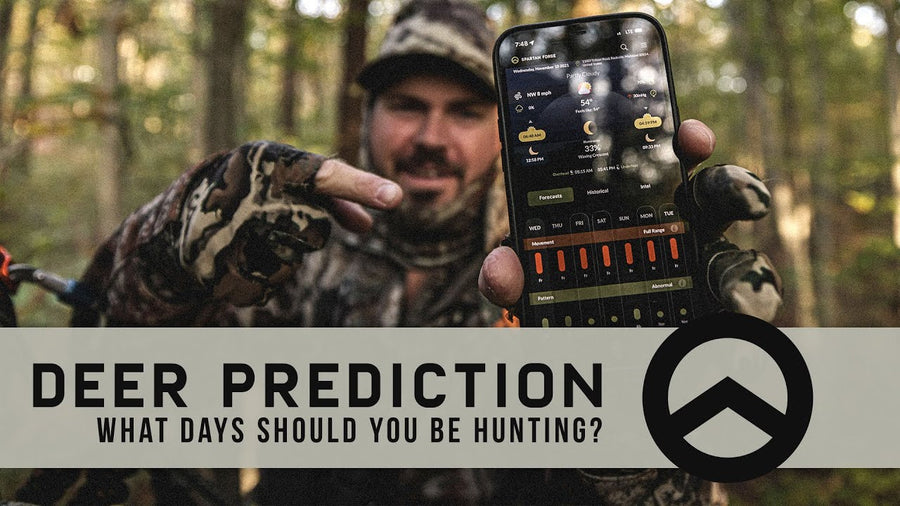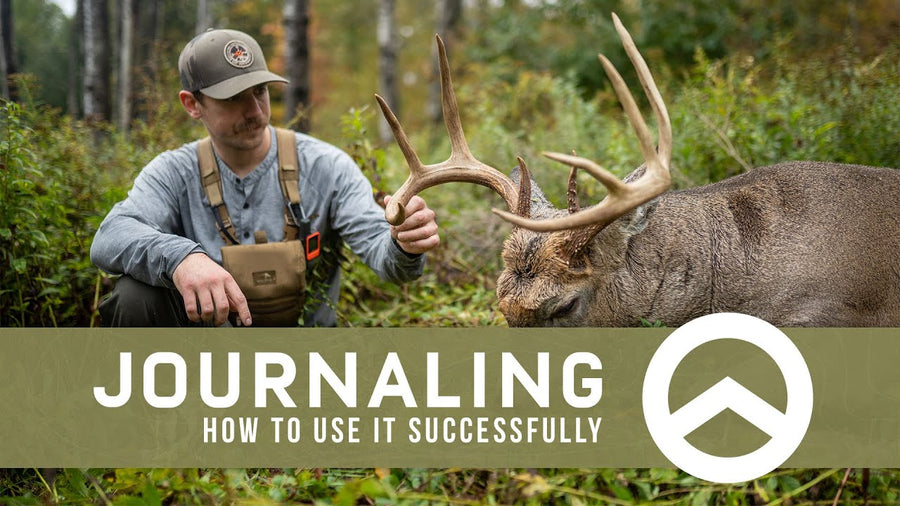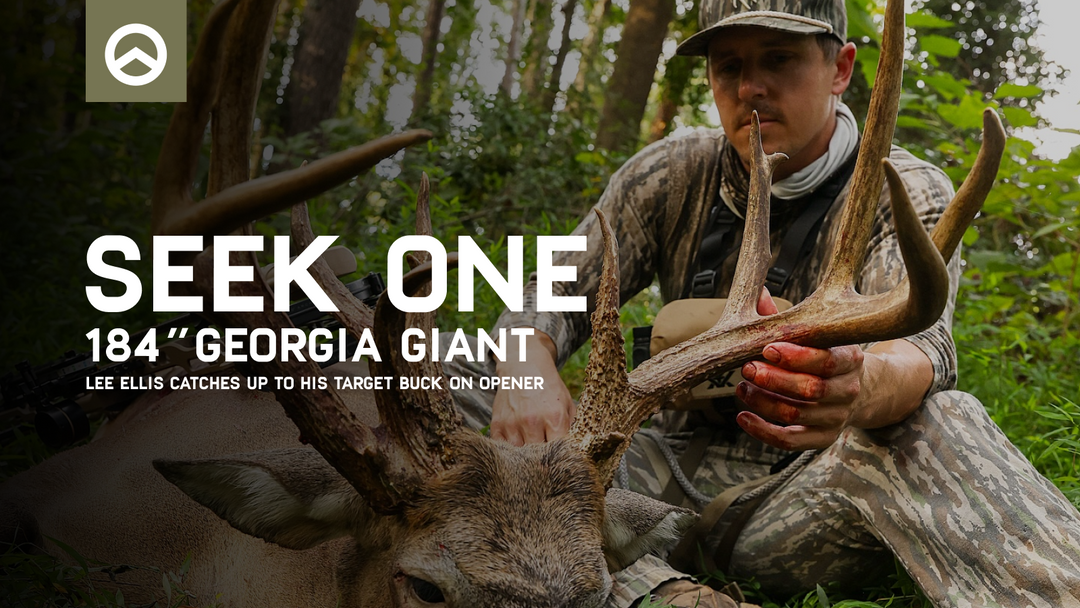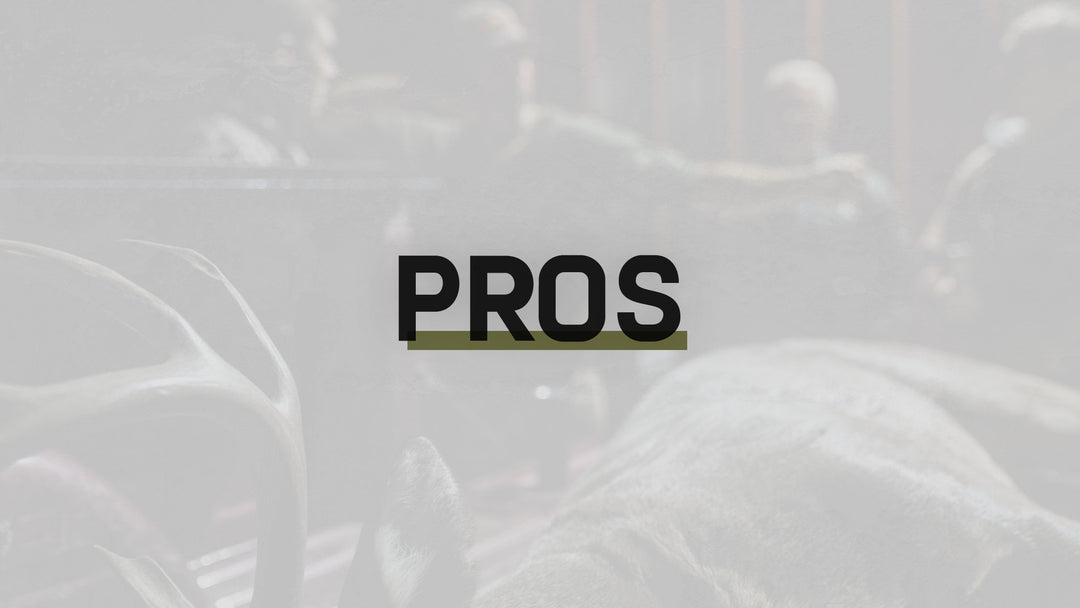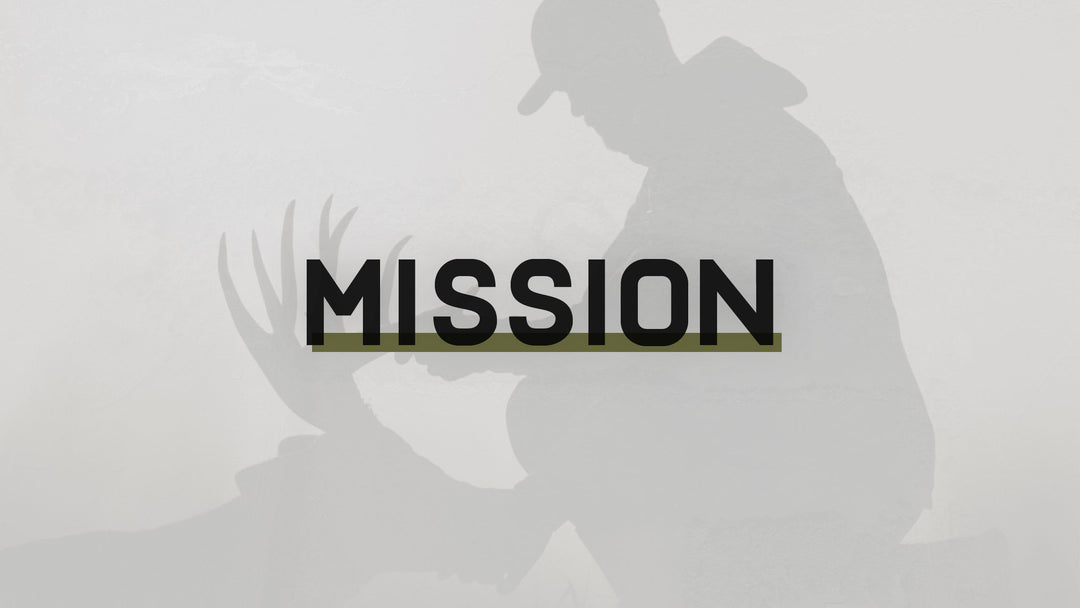Spring Turkey Checklist – Are You Ready?
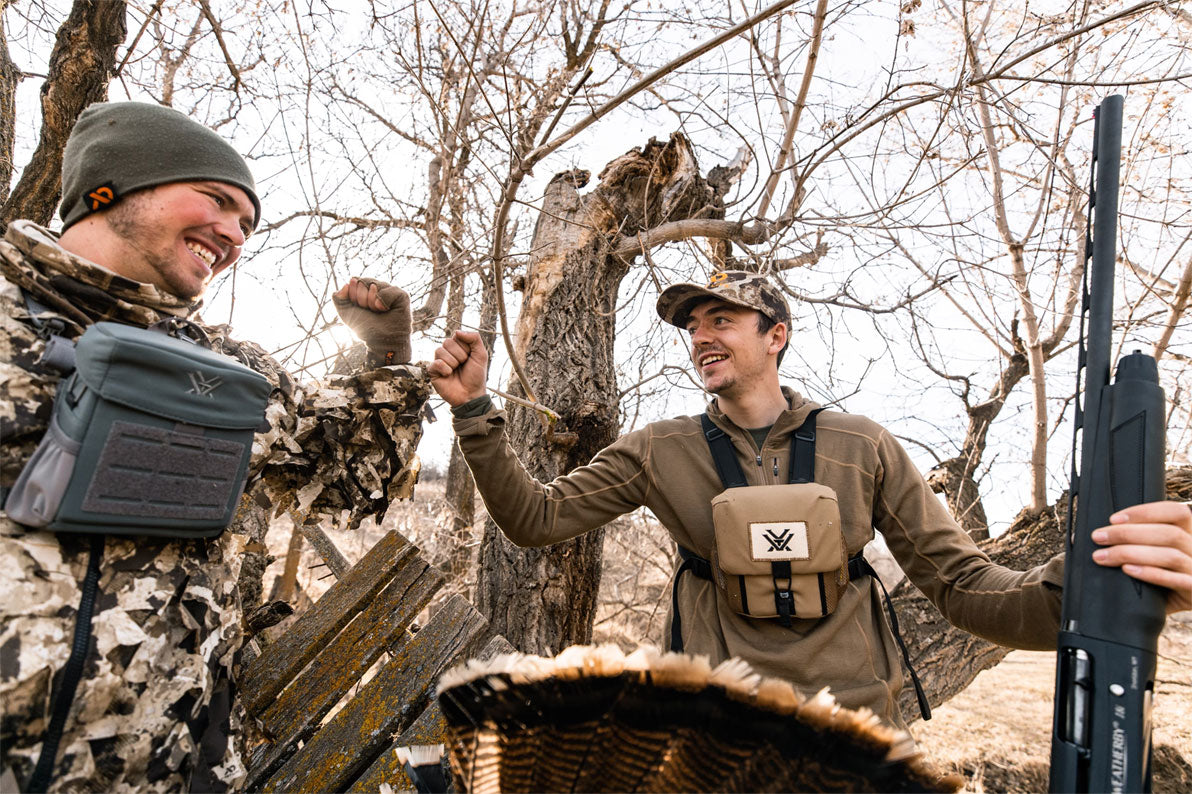
The time is here. We may not be carrying our tags into the turkey woods just yet, but if we’re going to seamlessly roll right into the season with confidence, this is the time to be getting all our ducks in a row. Feels like I should have said turkeys there. Anyways, I spoke last month about how there really isn’t a “too early” when it comes to scouting for turkeys, as long as we’re keeping tabs on them leading up to the season. Turkeys can change where they roost, feed, and travel in the weeks and months leading up to the season for a variety of reasons. They don’t always, but they can. By March, if you still haven’t located turkeys – or you’re just now lacing up your scouting boots – it probably goes without saying, but just in case, finding birds should be your number one priority. With that being said, successfully locating turkeys is only part of the equation. There’s a lot that separates seeing a longbeard in the distance from measuring spurs on the truck bed.
Scouting Takes Precedence
We already touched briefly on scouting, but it deserves another mention. Unless you just love the challenge of showing up to a tract of land, hoping to hear a gobble to chase after, scouting should come before anything else. Even if you’ve got access to unpressured private land, and know you’ve got turkeys on it, a few scouting missions are still a good idea. Turkey season is too short to go into it thinking we’ve got them figured out just because we know how they operated in years past. And having more than one option drastically amplifies our odds of success, especially on public land where we can’t always account for other hunters. Locating turkeys on multiple properties can give us somewhere else to go if our Plan A property gets over-pressured, which is something that happens all too often in some locations. Once we’ve scouted to our heart’s content, it’s time to move on to setups.
Setup Is Key
The best calling in the world won’t fool a wise ol’ tom when it’s coming from a bad setup. Turkeys have their eyes to thank for staying alive. So, even though their brains are about the size of a walnut, they can still be some of the toughest animals to get within 50 yards. That’s why putting thought and effort into where and how we’re going to set up is so crucial. Building a setup around the details is often what makes the difference, and what separates consistently successful turkey hunters from everyone else. When we’ve scouted out an area, found turkeys, and gotten an idea for how they use it, it’s time to make a plan for how we’ll set up. In thinking through a setup, some of the questions I might ask myself are where will I sit in relation to the sun, so as not to have my movements exaggerated by it? If I’m sitting on a certain field edge or ridge, do I have adequate cover in front of me to conceal my movement? What about a wide enough tree or backdrop to conceal my outline? If things don’t go as planned and I can tell they’ve gone a different direction, what’s my Plan B? Am I putting all my eggs in one basket, or do I have multiple locations prepped? It’s questions like these that can help to create a well-rounded game plan for opening day. We can never account for everything, but we can account for a lot. And the more we think through our setups in this way, the more turkeys we’ll see, and the better we’ll be at foreseeing most of the scenarios in which we could get busted.
Go Through the Gear
How well did your gear serve you last year? Was there something you needed, but just never got around to adding? Or what about something you lugged around all season and never used? How about those items that have outlived their useful years and are a little worse for the wear? Instead of a painful reminder on opening day, now is a great time to go ahead and mentally walk through a day in the woods while combing through our gear to make any necessary changes now.
Dust Off the Calls
With calling being such an integral part of turkey hunting success, practicing early and often is the best way to ensure that the first yelp we rip off opening day doesn’t sound like a scalded dog. I know when I break my calls out after deer season, there’s usually quite a bit of rust to knock off before I start singing the right notes. Now, I’m not encouraging you to cut and yelp going down the road with your family in tow because let’s face it, we want our families to like hunting. But keeping a few calls in the truck makes it a lot easier to practice alone on the way to and from work, or on lunch breaks.
These few weeks prior to the season are also a great time to pick up some new calls that will allow us to add a couple more vocalizations to our arsenal. Everyone is going to be yelping and cutting from pot and box calls. Mature gobblers, on public land especially, can become call-shy and stop responding to loud yelping. But throw in a flydown cackle, kee kee run, or fighting purr and you might just get that call-shy tom to sound off and break your way.
It's Worth the Effort
There’s a lot that goes into preparing for the season. It would be a whole lot easier to just throw on some camo, grab our weapon, calls, and decoys, and head to the woods opening morning with nothing more than high hopes of hearing a gobble. But we all know that the odds of tagging a bird that way are slim to none. To consistently have success in the turkey woods, it takes a plan, and there’s no better time than now to make sure we’ve built ours and checked all the boxes.
Written by Alex Killman at Southeastern Bowhunting
